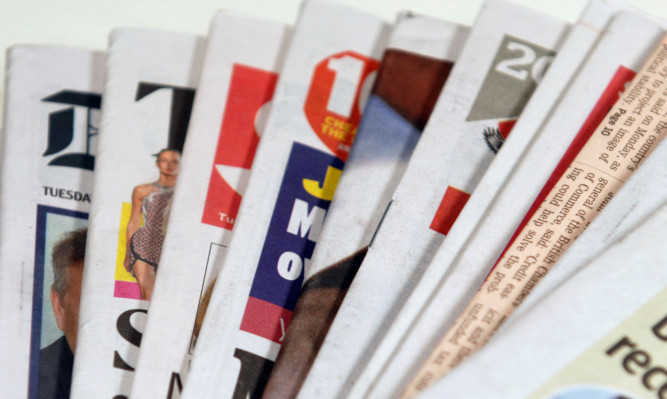Prime Minister David Cameron has urged the newspaper industry to sign up to a new system of regulation, which he said would preserve freedom of the press while protecting the vulnerable.
The proposed new system was agreed in a cross-party deal at 2.30am on Monday morning, after late-night talks which averted almost certain defeat for the Prime Minister in the House of Commons.
The agreement was backed by the Hacked Off campaign, which said it believed the new system would produce a “genuinely independent” regulator to offer redress for press abuses.
However, there was a cautious response from elements of the press, with a joint statement signed by the Mail, Telegraph, News International and Northern and Shell warning there remained “several deeply contentious issues which have not yet been resolved with the industry”.
Under the cross-party deal, the royal charter will establish a recognition panel to oversee the new system of press self-regulation and ensure it is genuinely independent and effective.
The charter does not require parliamentary approval, but two pieces of legislation are being passed to ensure it functions as intended. The House of Commons approved an amendment to the Crime and Courts Bill, allowing the courts to impose “exemplary damages” on newspapers which refuse to sign up to the new system.
And the House of Lords agreed an amendment to the Enterprise and Regulatory Reform Bill which would protect the charter from being altered without a “super-majority” of two-thirds of both Houses of Parliament.
In an emergency debate in the Commons, Mr Cameron said: “This system will ensure upfront apologies, million-pound fines, a self-regulatory body with independence of appointments and funding, a robust standards code, an arbitration service that is free for victims and a speedy complaint handling mechanism.
“We can put all of this in place without the need for statutory regulation.”
Labour leader Ed Miliband said the agreement “protects the victims and upholds a free press (and) is true to the principle of Lord Justice Leveson’s report.”
Deputy Prime Minister Nick Clegg added: “Today we turn a page on the mistakes of the past… Today we establish, finally, a proper, independent watchdog to serve the British people while protecting our free press.”Salmond calls for meetingThe First Minister has requested a meeting with the Prime Minister to seek clarity on his approach to press regulation.
Alex Salmond wants a meeting with David Cameron to discuss what impact the royal charter to establish a press regulator will have on Scotland, where law and press regulation is devolved.
The First Minister is facing similar calls for clarity from opposition parties at Holyrood after a Scottish Government-appointed panel recommended a mandatory press regulator backed by law.
They have called for an urgent debate amid claims his advisors have devised the most “draconian” system of press regulation in the Western world.
